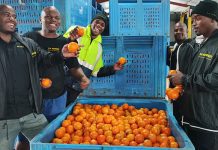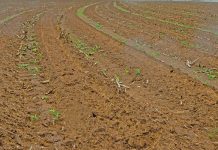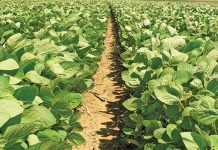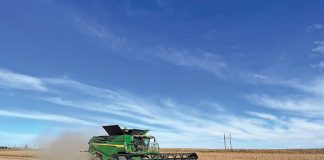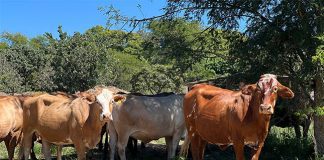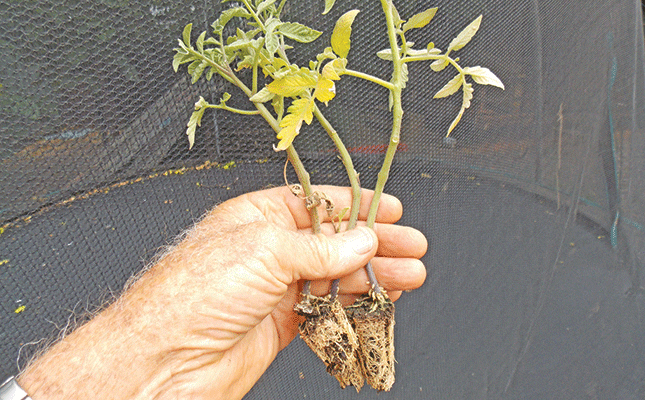
Photo: Bill Kerr
It is ideal for a seedling nursery’s planning if clients order well in advance. However, when there is still capacity in the nursery and a chance that farmers who haven’t ordered may do so later, approaching the nursery on the off chance of being supplied, the nursery must calculate whether it is worth the gamble.
Much depends on the history and the cost of seed.
Those who produce seedlings in an area where there are a number of small farmers are likely to choose a spec variety that is less expensive but still suitable for the purpose.
From time to time, the nursery has an uncollected order – for example, when a farmer is unable to plant on account of unfavourable conditions.
There is a perception that older seedlings will not be productive. However, that isn’t always the case, as much has to do with the size and age of the seedlings.
If growth can be halted with surplus plants by withholding nitrogen, the plants may become much older but still in the size range acceptable to the farmer.
Trial run
I once did a trial where I planted at weekly intervals from one sowing and kept the plants stunted by withholding nitrogen. They all performed well, even when transplanted weeks later.
I read a report from an institution that stated that seedlings have to be planted at no more than a certain age, and that many farmers were following this advice.
When I saw how their trial was conducted, there was no nitrogen restriction to stunt the plants’ development, so extra-large plants were planted out in the trial, even when it had gone past the perceived correct planting date.
Many farmers still insist that the seedlings need to be of a certain age. The only problem is when a very early-maturing variety is treated this way.
In any case, plants take much longer to reach planting size in winter. What does matter is how many leaves are formed.
I once had a shortage of tomato plants and collected a whole lot that had been thrown on a compost heap for being ‘too old’. They gave me a wonderful crop!
When plants are hardened, they change colour. They take on a duller appearance and, in the case of Brassica leaves rubbed between the fingers, will not roll up.
When growing cabbage seedlings in flood-irrigated beds, we would pull the plants that were the correct size. We would also go back to these beds two or three times.
It so happened on occasion that, weeks later, I would find that I needed more seedlings and would go back to these abandoned beds and collect what I could. These plants still did very well, despite being old and stunted. One should not stimulate these plants on hold with nitrogen until they’re just about ready for planting.
Seed has become much more expensive over the past 30 years due to the weakening of our currency, and we need to think carefully before throwing out plants that could still be productive.
Bill Kerr is a vegetable specialist and breeder.


